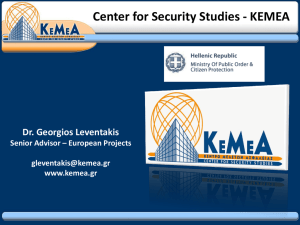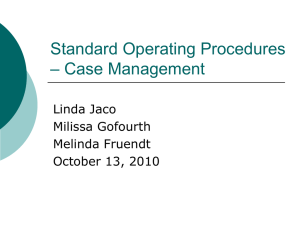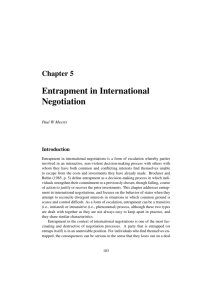1. - romnet
advertisement
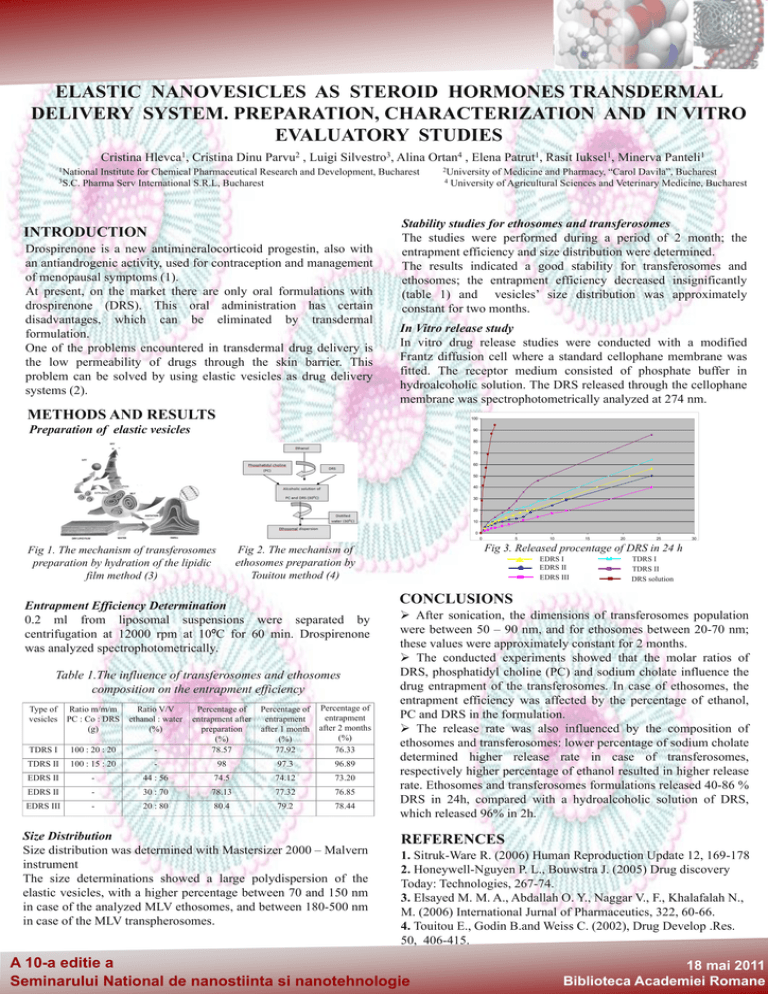
ELASTIC NANOVESICLES AS STEROID HORMONES TRANSDERMAL DELIVERY SYSTEM. PREPARATION, CHARACTERIZATION AND IN VITRO EVALUATORY STUDIES Cristina Hlevca1, Cristina Dinu Parvu2 , Luigi Silvestro3, Alina Ortan4 , Elena Patrut1, Rasit Iuksel1, Minerva Panteli1 1National Institute for Chemical Pharmaceutical Research and Development, Bucharest 3S.C. Pharma Serv International S.R.L, Bucharest INTRODUCTION Drospirenone is a new antimineralocorticoid progestin, also with an antiandrogenic activity, used for contraception and management of menopausal symptoms (1). At present, on the market there are only oral formulations with drospirenone (DRS). This oral administration has certain disadvantages, which can be eliminated by transdermal formulation. One of the problems encountered in transdermal drug delivery is the low permeability of drugs through the skin barrier. This problem can be solved by using elastic vesicles as drug delivery systems (2). 2University of Medicine and Pharmacy, “Carol Davila”, Bucharest 4 University of Agricultural Sciences and Veterinary Medicine, Bucharest Stability studies for ethosomes and transferosomes The studies were performed during a period of 2 month; the entrapment efficiency and size distribution were determined. The results indicated a good stability for transferosomes and ethosomes; the entrapment efficiency decreased insignificantly (table 1) and vesicles’ size distribution was approximately constant for two months. In Vitro release study In vitro drug release studies were conducted with a modified Frantz diffusion cell where a standard cellophane membrane was fitted. The receptor medium consisted of phosphate buffer in hydroalcoholic solution. The DRS released through the cellophane membrane was spectrophotometrically analyzed at 274 nm. Series1 METHODS AND RESULTS Series2 Series3 Series4 Series5 Series6 100 Preparation of elastic vesicles 90 80 70 60 50 40 30 20 10 0 0 Entrapment Efficiency Determination 0.2 ml from liposomal suspensions were separated by centrifugation at 12000 rpm at 10ºC for 60 min. Drospirenone was analyzed spectrophotometrically. Table 1.The influence of transferosomes and ethosomes composition on the entrapment efficiency - Percentage of entrapment after preparation (%) 78.57 Percentage of entrapment after 1 month (%) 77.92 Percentage of entrapment after 2 months (%) 76.33 100 : 15 : 20 - 98 97.3 96.89 EDRS II - 44 : 56 74.5 74.12 73.20 EDRS II - 30 : 70 78.13 77.32 76.85 EDRS III - 20 : 80 80.4 79.2 78.44 Type of vesicles Ratio m/m/m PC : Co : DRS (g) Ratio V/V ethanol : water (%) TDRS I 100 : 20 : 20 TDRS II Size Distribution Size distribution was determined with Mastersizer 2000 – Malvern instrument The size determinations showed a large polydispersion of the elastic vesicles, with a higher percentage between 70 and 150 nm in case of the analyzed MLV ethosomes, and between 180-500 nm in case of the MLV transpherosomes. 10 15 20 25 30 Fig 3. Released procentage of DRS in 24 h Fig 2. The mechanism of ethosomes preparation by Touitou method (4) Fig 1. The mechanism of transferosomes preparation by hydration of the lipidic film method (3) 5 EDRS I EDRS II EDRS III TDRS I TDRS II DRS solution CONCLUSIONS After sonication, the dimensions of transferosomes population were between 50 – 90 nm, and for ethosomes between 20-70 nm; these values were approximately constant for 2 months. The conducted experiments showed that the molar ratios of DRS, phosphatidyl choline (PC) and sodium cholate influence the drug entrapment of the transferosomes. In case of ethosomes, the entrapment efficiency was affected by the percentage of ethanol, PC and DRS in the formulation. The release rate was also influenced by the composition of ethosomes and transferosomes: lower percentage of sodium cholate determined higher release rate in case of transferosomes, respectively higher percentage of ethanol resulted in higher release rate. Ethosomes and transferosomes formulations released 40-86 % DRS in 24h, compared with a hydroalcoholic solution of DRS, which released 96% in 2h. REFERENCES 1. Sitruk-Ware R. (2006) Human Reproduction Update 12, 169-178 2. Honeywell-Nguyen P. L., Bouwstra J. (2005) Drug discovery Today: Technologies, 267-74. 3. Elsayed M. M. A., Abdallah O. Y., Naggar V., F., Khalafalah N., M. (2006) International Jurnal of Pharmaceutics, 322, 60-66. 4. Touitou E., Godin B.and Weiss C. (2002), Drug Develop .Res. 50, 406-415. A 10-a editie a Seminarului National de nanostiinta si nanotehnologie 18 mai 2011 Biblioteca Academiei Romane
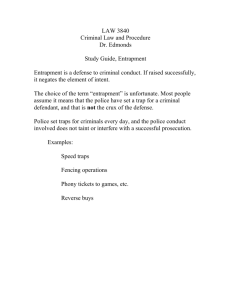
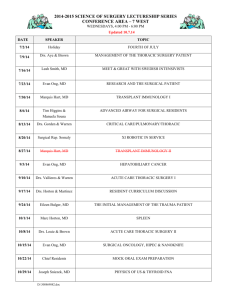
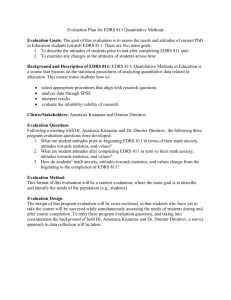
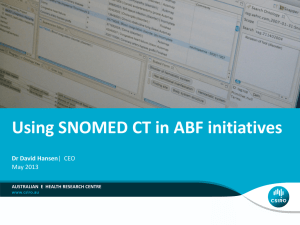

![Critical Incident Reporting System [CIRS]](http://s2.studylib.net/store/data/005482755_1-7eaadf4b265b8b8b33444fd62a05b4f9-300x300.png)
